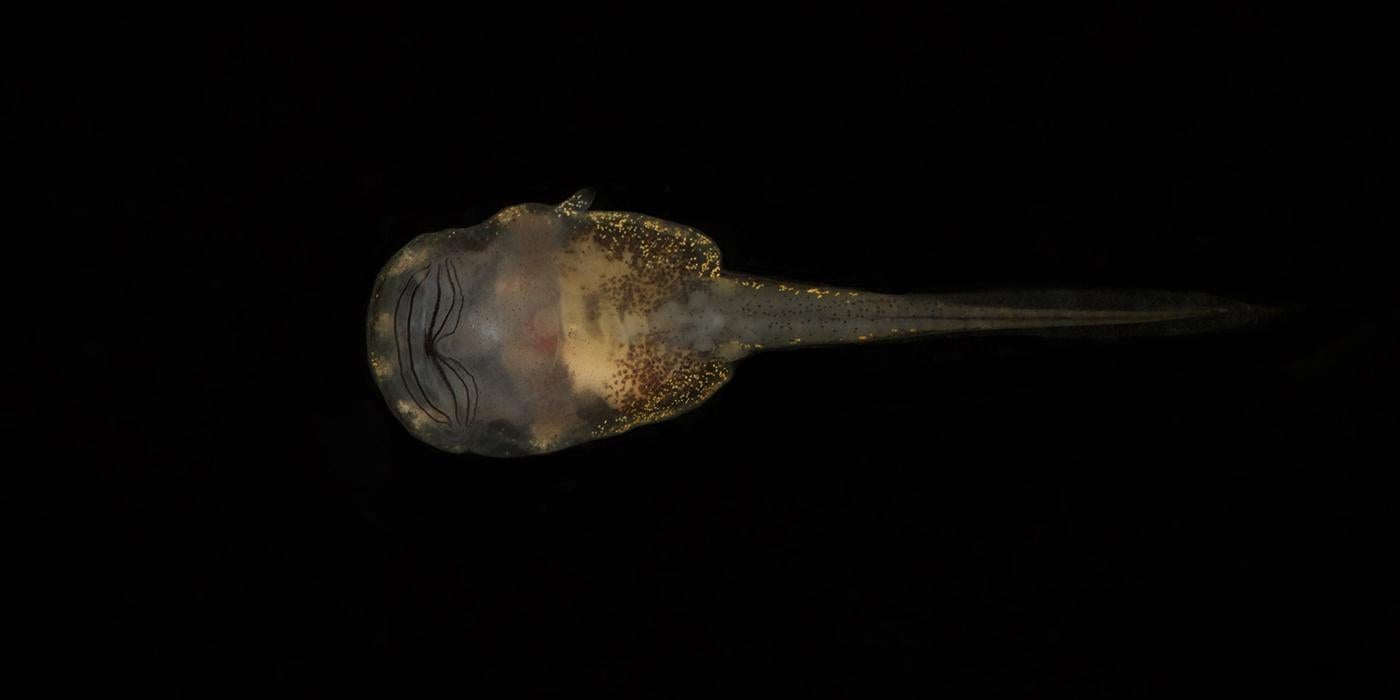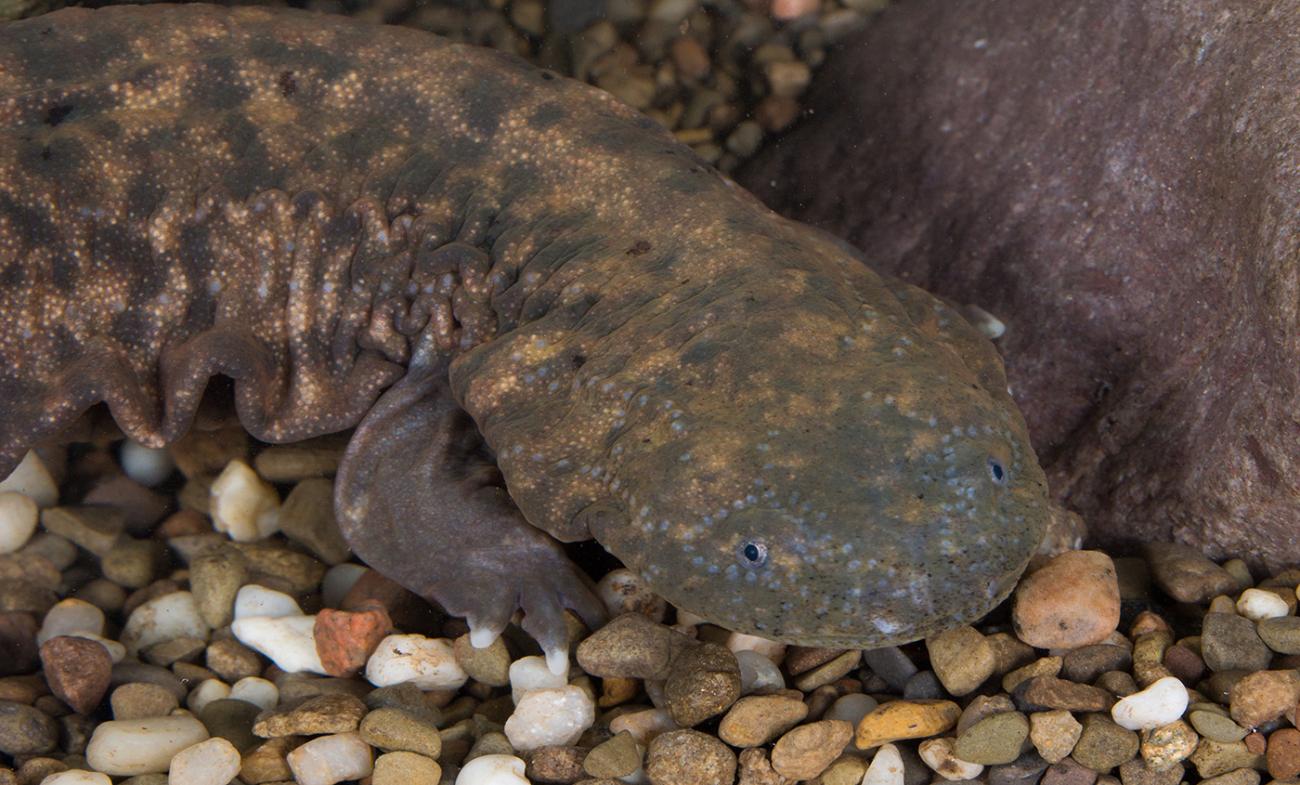Amphibian Nutrition
About 40 percent of the world’s amphibians are in decline, and researchers believe that 122 species have gone extinct during the last 30 years. To stem this loss, the conservation community, including the Smithsonian Conservation and Biology Institute's Center for Species Survival (CSS), is working to establish healthy, viable captive populations, or ‘amphibian arks,’ for up to 2,000 species that are likely to become extinct in the next decade.
Breeding and rearing these amphibians in captivity is a daunting task. Scientists know little about the actual feeding ecology and trophic (nutritional) status of many tadpoles in the wild, even though they clearly occupy different spatial niches. With constraints on things such as water quality, diet and artificial lighting, there are many unanswered questions prohibiting the successful reproduction of many amphibian species. CSS scientists do, however, have a rich experimental history demonstrating how manipulating tadpole diets in the laboratory can dramatically affect survivorship, time to metamorphosis and weight at metamorphosis.
The Smithsonian’s National Zoo and Conservation Biology Institute is collaborating with the Smithsonian Tropical Research Institute on several amphibian nutrition research projects. Some of these projects investigate the nutritional composition of food available to wild amphibians compared to the diets of amphibians in human care in order to ensure the animal care team offers the appropriate nutrition. Other projects address some of the syndromes of amphibians in human care thought to be related to diet that have long plagued breeding in zoos. Systematic scientific research to isolate and identify nutritional requirements is essential to improve the long-term health of captive amphibian populations in human care.













